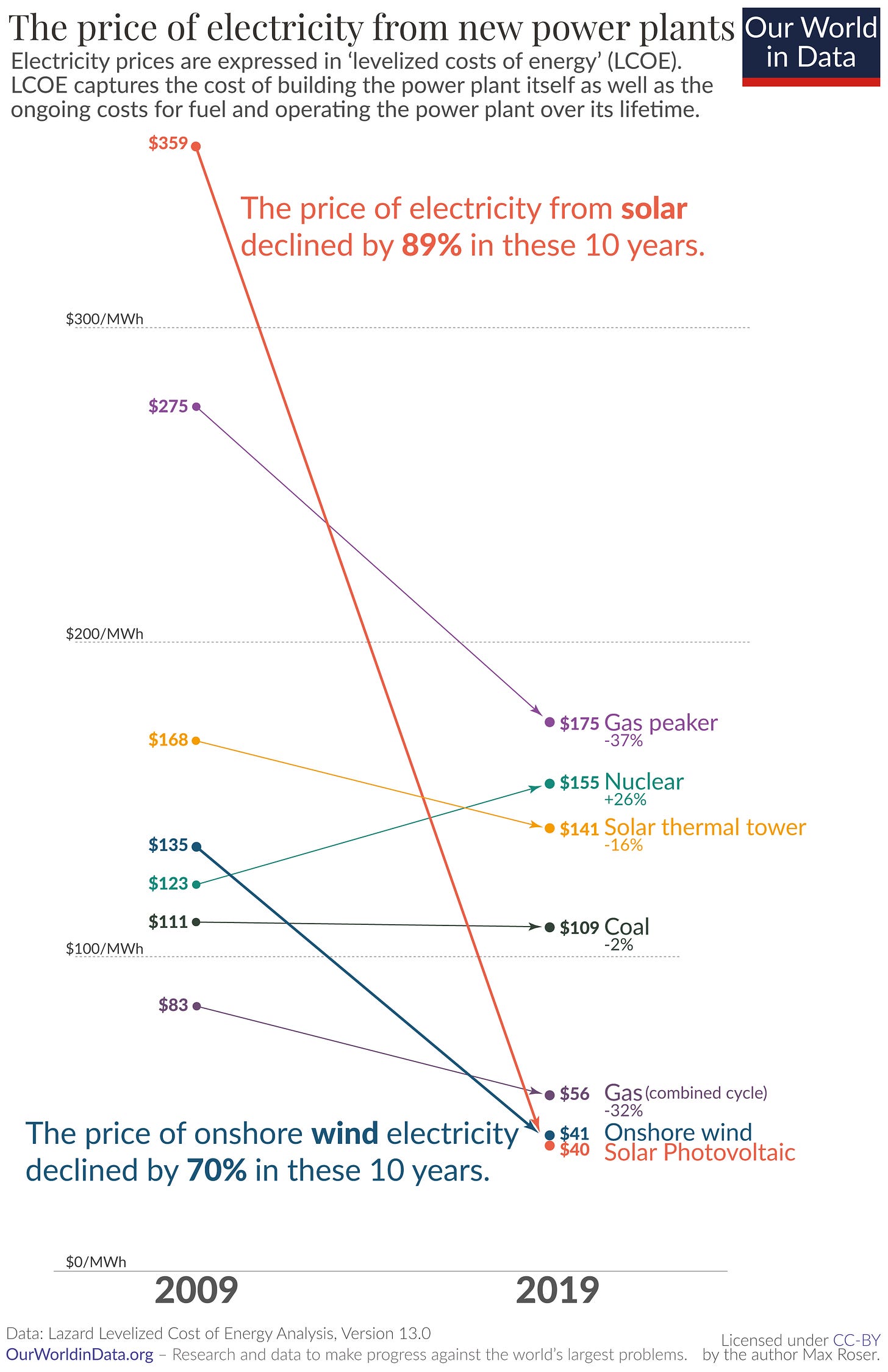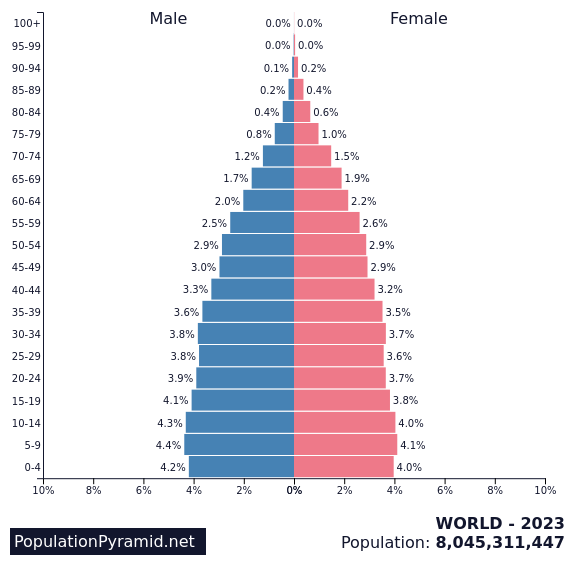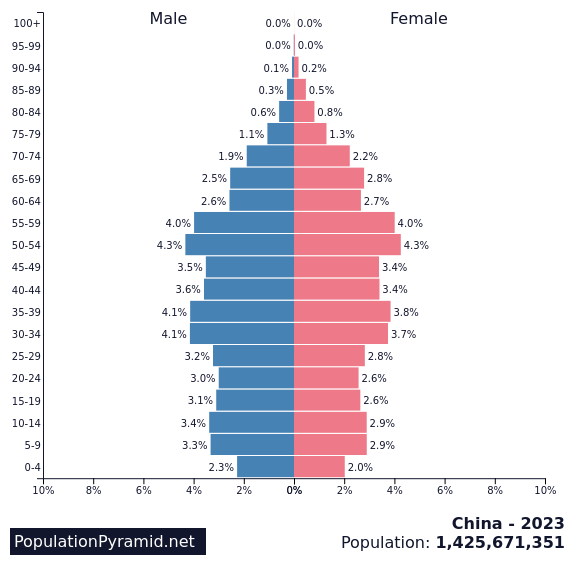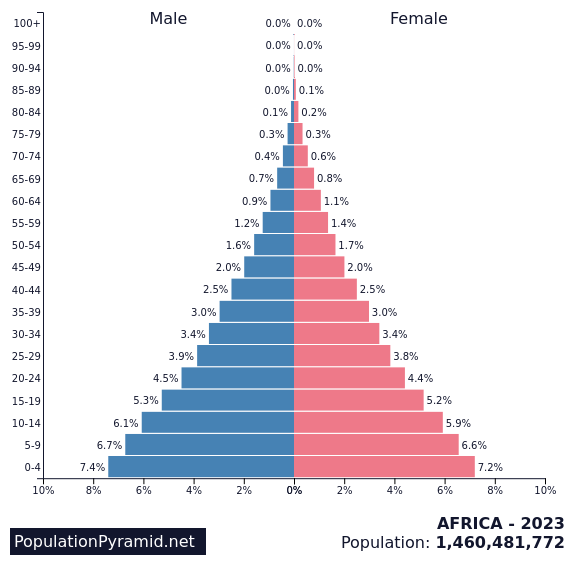RRR4: Chimp Empire, Clean Energy Cost Reduction, NBA Summer League Notes, and an Immigration Policy Snafu
🐵⚡📉🌞🏀
Hey, everyone 👋🏼. I hope that our American cohort of the RRR family had a lovely 4th of July holiday last week. Is it just me, or are people getting so overzealous with firework purchases that it’s becoming impossible to light them all on the 4th? Fireworks in my neighborhood were going off in abundance for several days after the 4th 🎆🎇. The pyrotechnics surrounding the celebrations of America’s independence isn’t really my thing. Nonetheless, it is really cool to see people gathering with friends and family for some fun on account of such an important day. Happy belated birthday America!
In Recent Times…
Thanks to back-to-back recommendations from a couple of friends, I have started and completed the first TV show (it’s technically a docuseries) I’ve watched since HBO’s House of the Dragon. It probably helps that it was only four episodes long 😉. Have you heard of Chimp Empire? As a heads up, some very minor spoilers are below ⚠.
The show starts by profiling a community of Chimpanzees living in the Ngogo Forest in Uganda. Like any docuseries about nature and its inhabitants, you get plenty of cool facts and theories about the stars of the show. However, what begins to make Chimp Empire a bit different from what we’re accustomed to is how in depth it goes into the social make-up of the community. Each chimp has a name, and they actually do a pretty good job with character development throughout the show. The narrator (Mahershala Ali) takes the viewer through the alliances, rivalries, and developing dynamics that make up the group of chimps.
Very quickly, you are introduced to a rival group of chimps from a different part of the forest. The remainder of the show attempts to capture the nature of the conflict between the two groups and its associated history. However, the creators do well to strike a balance between focusing on the drama between the groups, and allowing the viewer to marvel at getting to know a group of chimps so intimately. I would definitely recommend giving it a shot if you’re someone who likes to watch the occasional docuseries. At the very least, I think the flavor of this one is unique!
I always marvel at the quality of footage in modern nature related shows. As such, Chimp Empire got me reading a lot more about how the show came together logistically. Here’s some commentary on the making of the show, with additional excerpts from an interview with James Reed, the director of the show:
Needless to say, when you’re filming warring Ugandan chimpanzees, you can’t expect the same craft services you’d get on a Hollywood set.
“This is a mid-altitude rainforest, we’re almost a mile up, there are a lot of hills, the vegetation is thick, the forest is dark, chimpanzees are black… It’s probably the worst filmmaking environment you could ask for,” one researcher summed up to Netflix.
With only six months to prepare before filming in January 2021, Reed assembled a crew who collectively spent almost the entire year-plus shoot embedded with the chimps in their not-so-friendly environment.
“They all had experience in remote environments, but they weren’t the most experienced natural history camera people,” Reed told Netflix. “What I tried to do was give them autonomy for their own creativity in the field and allow them to bring their own instincts to it. We were trying to get people who had the right personalities and the right instincts.”
Reed brought filmmaking newcomers into the fold, including a field tracker named Diana Kanweri, who proved pivotal to the project. She “shot really critical moments for us, in periods when we were not able to be there. She knew the chimps better than we did, she was fitter than we were and she sometimes got angles and behaviors that we weren’t able to get.”
It’s too easy not to consider just how difficult it is to execute the sorts of incredible shots you’ll see in the show, and I think that’s an important lens to have on when you’re watching Chimp Empire.
Anyways, give it a watch! I think it’s worth it 🤷🏼♂️.
Readings Of The Week
“July 8th, 2023” by Heather Cox Richardson
“Letters from an American” is one of my newest reads on Substack. I’m still a free subscriber at the moment, but thought I would share this edition since it isn’t behind the paywall 💲🧱. Heather is a professor of history and uses her newsletter as a way to share the lessons of history. As the “About” page on her publication puts it, “To understand the present, we have to understand how we got here.” This particular edition covers the creation and modern history of the 14th amendment, which helps frame a debate between federal protections and the “originalism” argument for states rights.
Famously, in 1987, President Ronald Reagan nominated Robert Bork, an originalist who had called for the rollback of the Supreme Court’s civil rights decisions, for a seat on that court.
Reacting to that nomination, Senator Ted Kennedy (D-MA) recognized the importance of the Fourteenth Amendment to equality: “Robert Bork's America is a land in which women would be forced into back-alley abortions, blacks would sit at segregated lunch counters, rogue police could break down citizens' doors in midnight raids, schoolchildren could not be taught about evolution, writers and artists could be censored at the whim of the Government, and the doors of the Federal courts would be shut on the fingers of millions of citizens for whom the judiciary is—and is often the only—protector of the individual rights that are the heart of our democracy….”
I trust we can draw many pertinent parallels to present day in America. By the way, apologies for how much US focused content I’ve been honing in on through the first four weeks of RRR’s history. Most of our subscribers here at RRR are American, but I vow to take an international approach to things more frequently 🌍🌏.
“Development Handouts” by Andy Boenau of Urbanism Speakeasy
In the spirit of keeping that same energy, as the kids call it, here’s an important follow-up piece to some of the discussion you all have seen in previous editions of the newsletter. Instead of honing in on zoning laws in particular (they do get discussed, rest assured), Andy attacks the topic of additional distortions to the not-so-free market of development in the US. This piece lists and dissect several popular ways that public agencies subsidize development that feed into urban sprawl. It also paints a simple picture of everything there is not to love about that sprawl:
A host of subsidies incentivize car-oriented infrastructure and development. Sprawl is a natural outcome of the development perks I listed above, because subsidies artificially alter prices.
When I say sprawl, I don’t simply mean single-family homes with yards. Stretches of big box stories and parking lots are sprawl. I’m lumping together the stuff that’s spread out across the landscape at car-scale rather than human-scale.
Government agencies routinely partially or fully fund junk infrastructure that:
is a major cause of traffic congestion. Residents have to travel longer distances to get to work, school, and other destinations.
is a major cause of traffic violence. An average of 2,300 people are injured in traffic crashes every day in the US. That costs the US economy over $800 billion each year.
contributes to social isolation. Residents of car-dependent places are more likely to experience loneliness, depression, anxiety, and other mental health problems.
contributes to ailments like heart disease, cancers, obesity, diabetes, chronic pains, and other physical health problems.
This is a classical example of why not all government subsidies are a net positive for our society. Yet, it is often the case that the most helpful public subsidies are the ones that catch the ire of the public, while the legitimately dangerous ones (like those you’ll see in the article) somehow elude being called to the carpet. 🤦🏼♂️.
Junto Club Canceled Until Next Week 😓😥
Apologies, everyone! I’m working with my buddy Sergio to put together a brief on his Airbnb empire in Ohio. I figured we could both use a little more time to perfect the content before throwing it right into the newsletter.
Global Power Sector To Reduce Emissions in 2023 Despite Demand Increases
Hmmmmm. 🤔🤔. How’s that possible?
Thanks to dramatically reduced cost associated with clean energy sources, this will mark the first year since we’ve had a reliable method of measuring emissions in which total emissions related to power consumption will decrease. Take a look at energy prices per MWh below (data from ‘09-’19):
Meanwhile, adoption of cleaner energy sources has been picking up steam around the world (thanks to Noah Smith for introducing me to RMI). It’s not hard to imagine why the adoption of renewables like wind and solar is happening at an impressive rate when you consider the equally steep rate of declining cost.
The only thing I’m not loving about the chart above is the rising cost of nuclear 😒. As many people on this platform have already chronicled, this is entirely unnecessary and a result of poor policy choices for an extended period of time. However, now’s not the time to be negative. I believe it’s a time to be optimistic 🙂.
Here’s an interview transcript from BBC on the topic with Simon Sharpe.
Here’s the piece from Ember referenced in the BBC webpage.
NBA Summer League Notes
Admittedly, it’s a bit embarrassing how locked in I am on an annual basis to NBA Summer League. Then again, I don’t think it would be worth reading thoughts on the NBA from someone who isn’t in grind mode! 😤😤.
A quick refresher / intro on summer league:
10 days of basketball where NBA teams field rosters made up of a variety of players
Recent draft picks (usually rookies or second-year players, rarely do third-years compete in summer league). This is an awesome chance to look at the most exciting young prospects play against some tough competition, and it’s where I’ll focus most of the discussion here today.
Players “trying out” to make an NBA roster. This will mostly consist of international players trying to come over and get signed to a “two-way”, or a standard G-League contract (the G-League is the NBAs affiliate league, sort of like a minor league).
That’s pretty much all you need to know! With that being said, let’s profile two of the young players who are exuding high upside in their capabilities.
Amen Thompson, Houston Rockets (Rookie)
Based on what I’ve read and heard coming out of the weekend, it seems like I’m a bit higher than consensus on the debut of Amen Thompson. I’ve had a hard time understanding what people didn’t like about his first action on the NBA floor, especially considering the impressive guards he was matching up against in Houston’s game with Portland.
I love this video because it shows you everything… the good and the bad! I really want to focus on the good, because we absolutely need to expect teenagers coming into the league to struggle with some parts of their game. For starters, the speed and athleticism, combined with his dribbling and passing ability at his height is remarkable. Check out this “hit-ahead” pass, and this beautiful drive and kick out. In addition, for a player with his thin frame, I was really taken by surprise at how strong he looks out there. Watch him at 0:50! This is an incredibly impressive play where you can see all his best attributes on display.
I can’t wait to see more from him, unfortunately he is out right now with an ankle injury 😟.
Andrew Nembhard, Indiana Pacers (Second-Year)
Nembhard was coming on strong towards the end of last season for the Pacers. It only took one summer league game for me to feel pretty confident that he’s ready for increased workload in year two. Whether or not he gets more playing time is still up in the air, as he’ll be playing behind the new $260M man, Tyrese Haliburton (one of my absolute favorite players). In any event, I’ll be keeping close tabs on Nembhard. He has a sharp game that oozes comfortability and poise. Check him out in some of these pick-and-roll actions:
Starting at 0:32, you can see what he’s all about offensively. He sweeps from left to right in the lane constantly in this video and yet the defense is powerless to stop it. He’s a threat to hit a little fall-away jumpshot, a floater in the paint, or make a dangerous pass to a shooter / roll-man. Really clean stuff 🧼🧽🧹.
Canada Outsmarts the The U.S. by Targeting H-1B Holders 🍁🧠
The economic benefits of high-skilled labor entering the US via H-1B visa is pretty well understood:
According to many economists, the presence of immigrant workers in the United States creates new job opportunities for native-born workers. This occurs in five ways. First, immigrant workers and native-born workers often have different skill sets, meaning that they fill different types of jobs. As a result, they complement each other in the labor market rather than competing for the exact same jobs. Second, immigrant workers spend and invest their wages in the U.S. economy, which increases consumer demand and creates new jobs. Third, businesses respond to the presence of immigrant workers and consumers by expanding their operations in the United States rather than searching for new opportunities overseas. Fourth, immigrants themselves frequently create new businesses, thereby expanding the U.S. labor market. And fifth, the new ideas and innovations developed by immigrants fuel economic growth.
The economic contributions of H-1B workers in particular may increase the employment opportunities available to native-born workers in the United States. That is why unemployment rates are relatively low in occupations that employ large numbers of H-1B workers. Many occupations for which H-1Bs are routinely requested are found within the broader category of Professional and Related Occupations. Low unemployment rates in these occupations from 2004 through 2021 (even during the COVID-19 pandemic) indicate that demand for labor exceeded the supply…
America’s superpower historically has been its immigrant population. Furthermore, collapsing demographics around much of the world is going to create incredibly serious challenges to some of the biggest economies in the world. Have a look at some of the population pyramids below:
Contrast those population pyramids with, say, the entire continent of Africa:
It may seem counterintuitive, but the US needs more people. The more the merrier! Alas, Canada is making a strategic play to capitalize on this opportunity while we continue to squander it. Here are some more details from an article by Stuart Anderson of Forbes:
Canada has no annual limit on high-skilled temporary visas and no per-country limits for permanent residence. In contrast, the vast majority of H-1B registrations in the U.S. are refused due to the H-1B annual limit of 85,000 for companies. Employment-based green card applicants from India can wait potentially decades due to the per-country limit in U.S. immigration law.
“As of July 16, 2023, H-1B specialty occupation visa holders in the US, and their accompanying immediate family members, will be eligible to apply to come to Canada,” according to a Canadian government Backgrounder. “Approved applicants will receive an open work permit of up to three years in duration, which means they will be able to work for almost any employer anywhere in Canada.”
Anecdotally, I have observed that there is generally not enough understanding of just how valuable immigration is to a country. In addition, we’re also living in a time where there are an increasing number of immigration hardliners trying to undermine productive immigration policy. It’s important we consider their arguments on their merits, and dispel them using the plethora of evidence at hand. I applaud Canada for this move, and it ought to serve as a wake up call to the U.S.
I’ll leave everyone with a fun fact, since we were talking about population pyramids: As of September 2022, 60% of the world population lives in Asia 😲🤯.







Good stuff. Had never heard of Chimp Empire!